Media
What the sea spider genome reveals about their bizarre anatomy
The first high-quality pycnogonid genome provides novel insights in chelicerate evo-devo
The first high-quality pycnogonid genome provides novel insights in chelicerate evo-devo
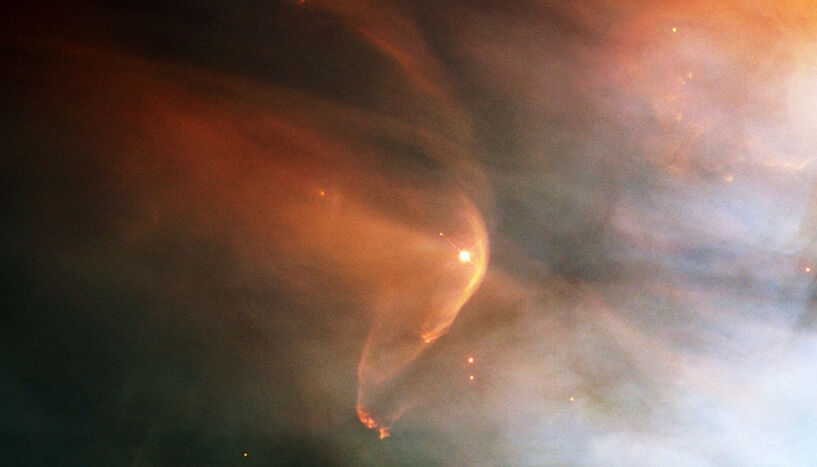
Astrophysicists were able to quantify the mass loss of stars via their stellar winds
12.04.2024 | [weiter]
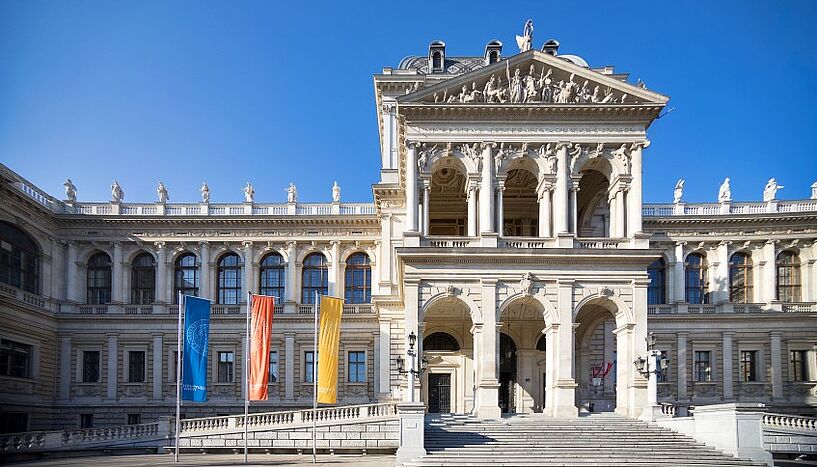
Advancement to the top 100 in the World Reputation Rankings 2023 - 2nd place for internationality in German-speaking countries in an evaluation by "THE Student"
10.04.2024 | [weiter]
![Fig. 1: C: Reyhaneh A. Farimani Fig. 1: Schematic of poly[2]catenane slip tumbling and bonded ring gradient tumbling.](/typo3temp/_processed_/csm_202403xx_Likos_Abb1_01_b08fa192ea.jpg)
It all depends on the linking: How ring polymers move
02.04.2024 | [weiter]
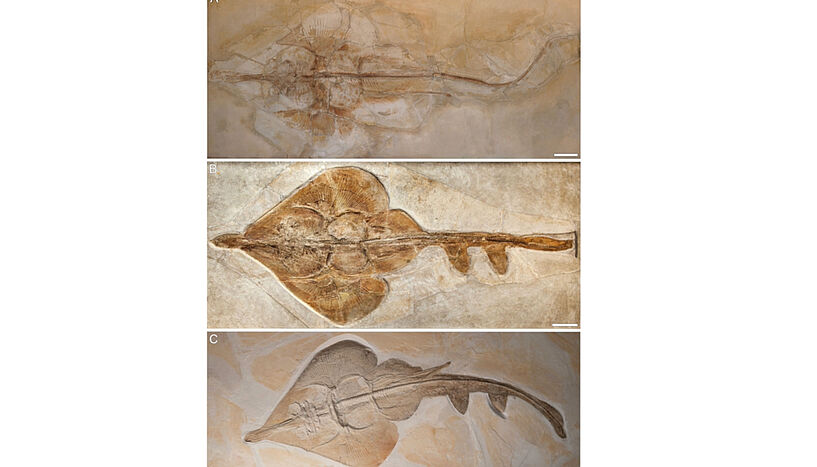
New fossil ray species discovered in Bavarica, Germany: Aellopobatis bavarica from the Late Jurassic
21.03.2024 | [weiter]
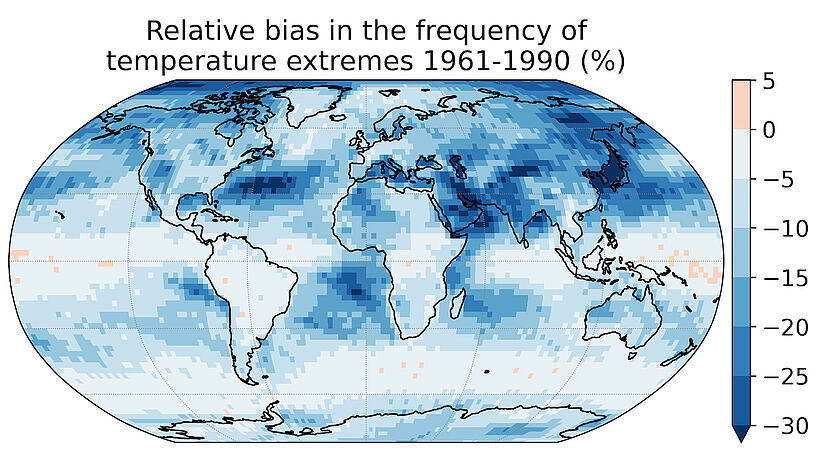
Error in established calculation method discovered
19.03.2024 | [weiter]
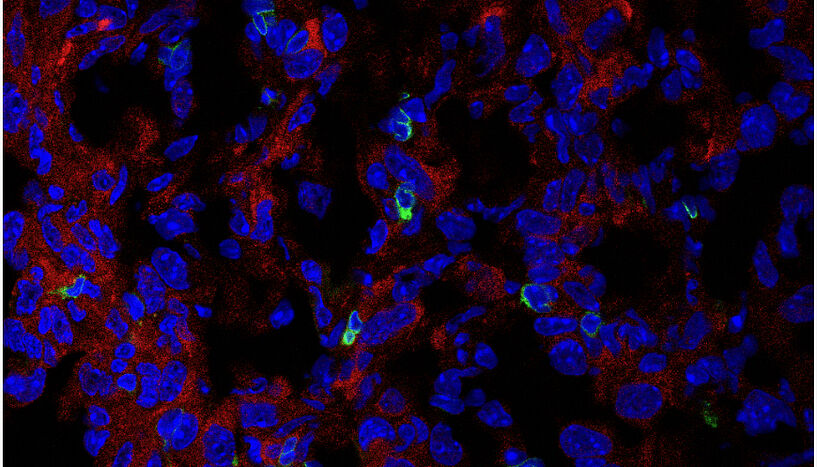
Checkpoint PHDGH in tumor-associated macrophages influences immune response and tumor growth
27.02.2024 | [weiter]
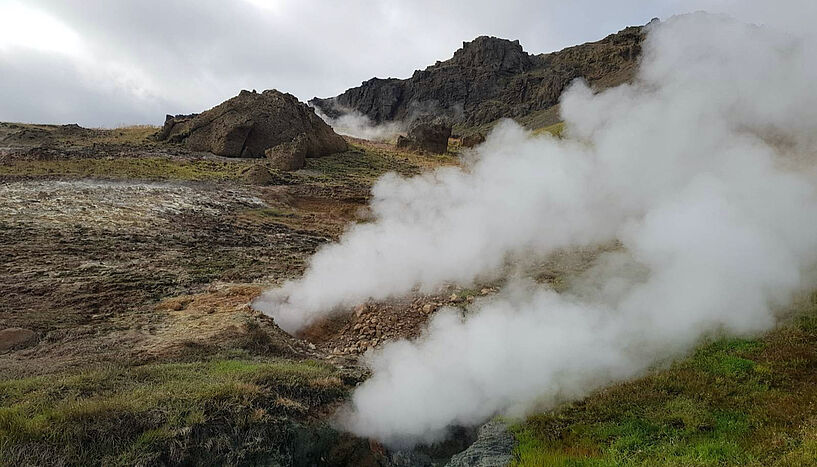
New findings enable more accurate prediction of the carbon cycle
23.02.2024 | [weiter]
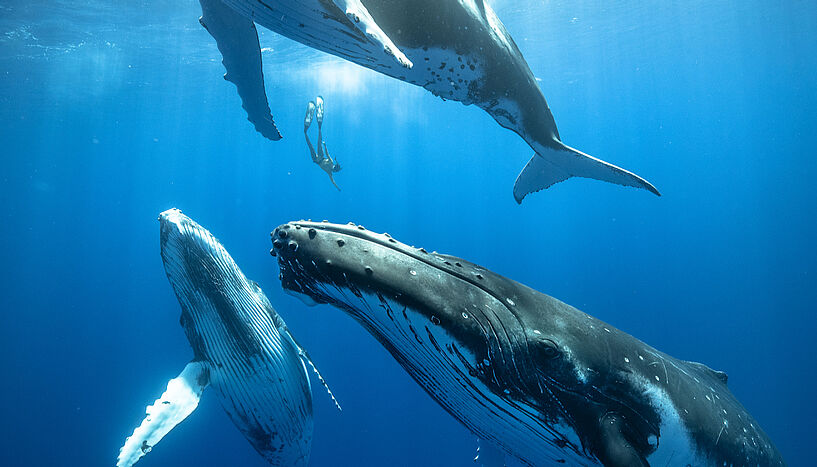
The new results also make it clear that human noise in the oceans severely restricts the animals
21.02.2024 | [weiter]